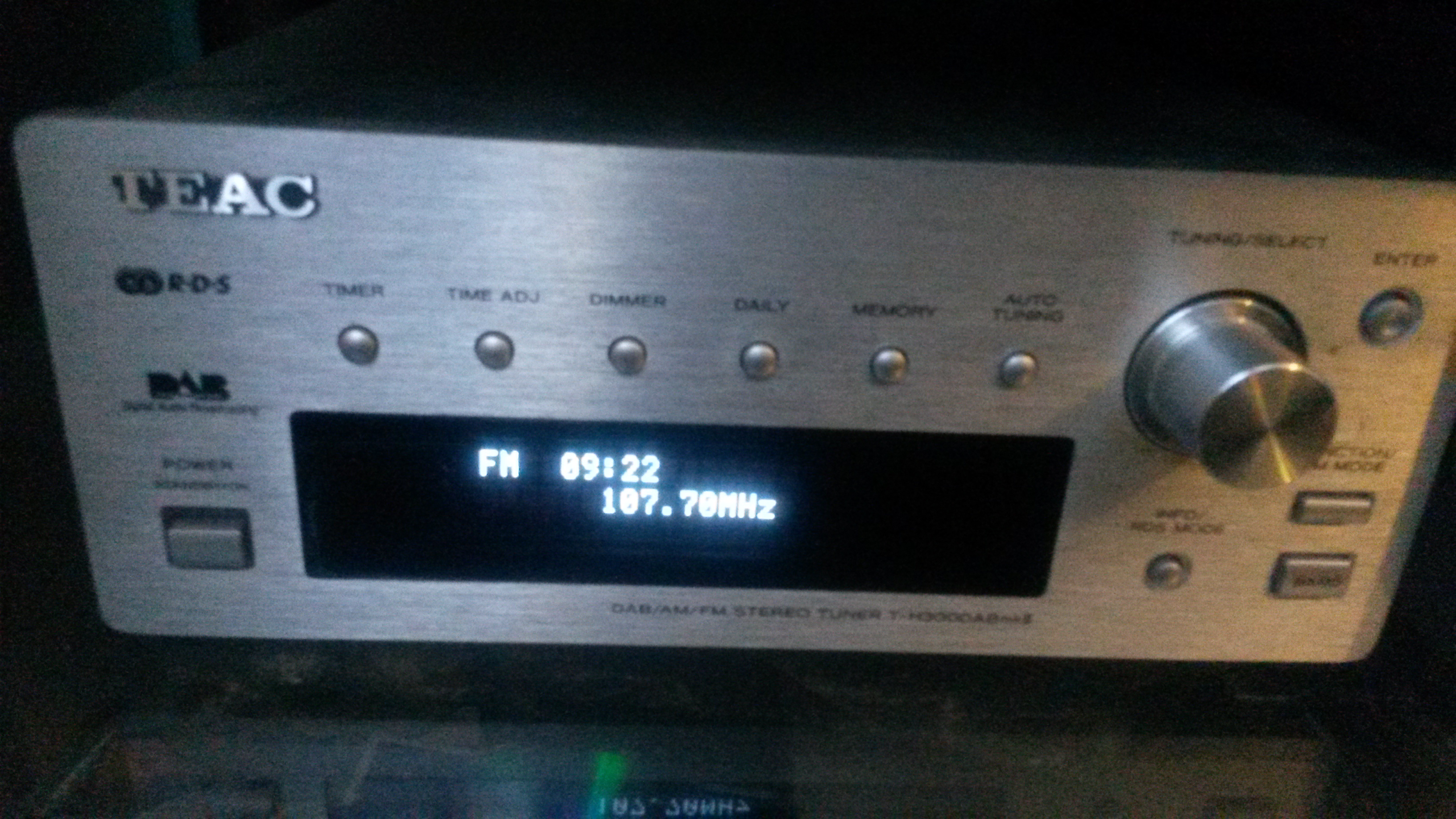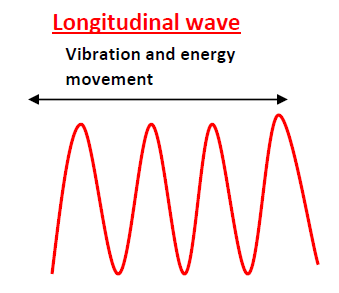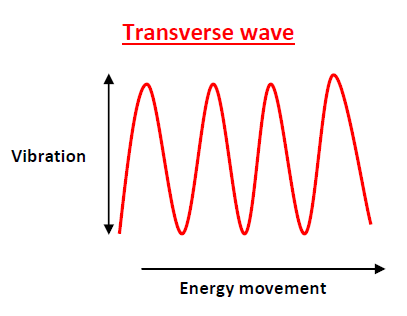


Waves
What is a wave?
A wave is a vibration. We can also say that a wave is an undulation, a rising and falling movement.
Lets look at the features of a wave:

Definition of terms:
Crest- the peak of a wave.
Trough (Tra.a.a.f)- the bottom of a wave i.e the depression.
Amplitide- the height of a wave/vibration, measured in metres (m). For sound waves, this determines the loudness.
Frequency- the number of vibrations per second. For sound waves, this determines the Pitch of the sound i.e. more waves= higher pitch. So how many waves/vibrations are above?
Frequency is measured in Hertz i.e. Hz ( also kiloHertz: kHz, MegaHert: mHz)
1 Hz = 1 Vibration per second
Remember: kilo means 1000, mega means 1 000 000
Application:

Look at the picture above. How many waves does the radio receive per second from this Radio Station?
Longitudinal and transverse waves
1. Longitudinal waves- vibrate from side-to-side. The vibration is in the same direction as energy passes from one end of the wave to another.

2. Transverse wave
Transverse waves vibrate perpendicular (at 900) to the direction of energy transfer. In simple terms, they vibrate up and down.

Examples:
1. Longitudinal waves
-Sound waves
-Sound waves need a material to travel through- they need vibrating particles.
2. Transverse waves
Electromagnetic waves. This includes: Light, microwaves, radiowaves, infra-red waves, gamma rays.